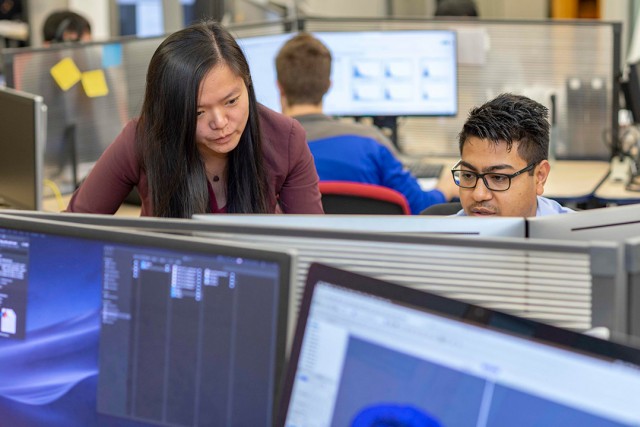
Rui Li
Associate Professor, Computing and Info Sciences
Rui Li
Associate Professor, Computing and Info Sciences
Education
BS, Harbin Institute of Technology (China); MS, Tianjin University of Technology (China); Ph.D., Rochester Institute of Technology
Select Scholarship
Currently Teaching
In the News
-
October 6, 2025

RIT researchers use machine learning to better understand the pathways of disease
A new project funded by the National Institutes of Health is using artificial intelligence to map the full journey of illnesses and discover entirely new disease pathways.
-
July 21, 2021

CAREER Awards advance promising research for future innovators and leaders
NSF Faculty Early Career Development (CAREER) Award winners are among an elite group of research faculty on campus and across the country. CAREER Awards are just one of several indicators of a university’s growing research initiatives, funding sources, and faculty innovation.